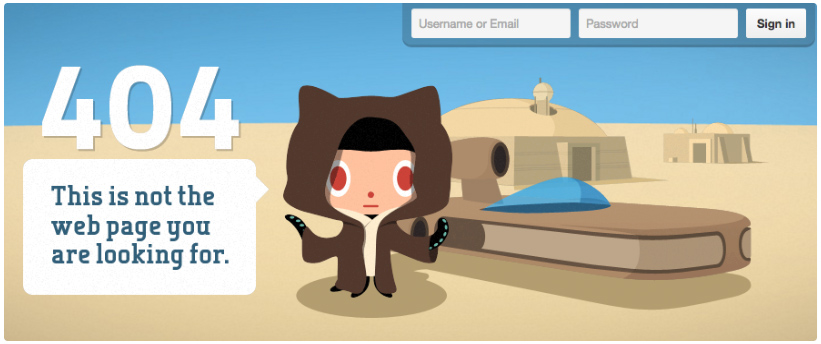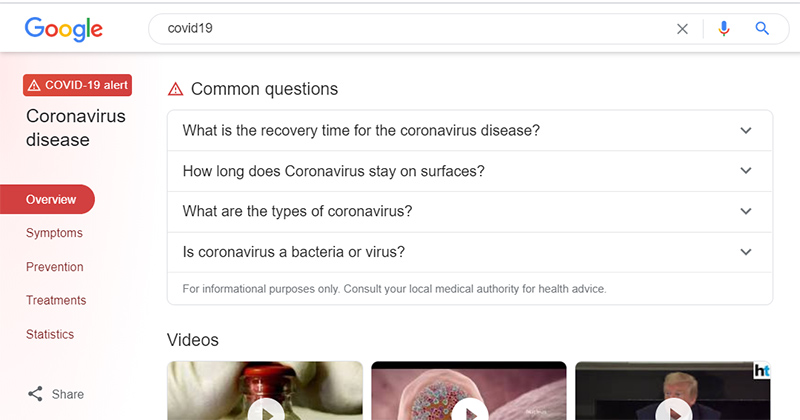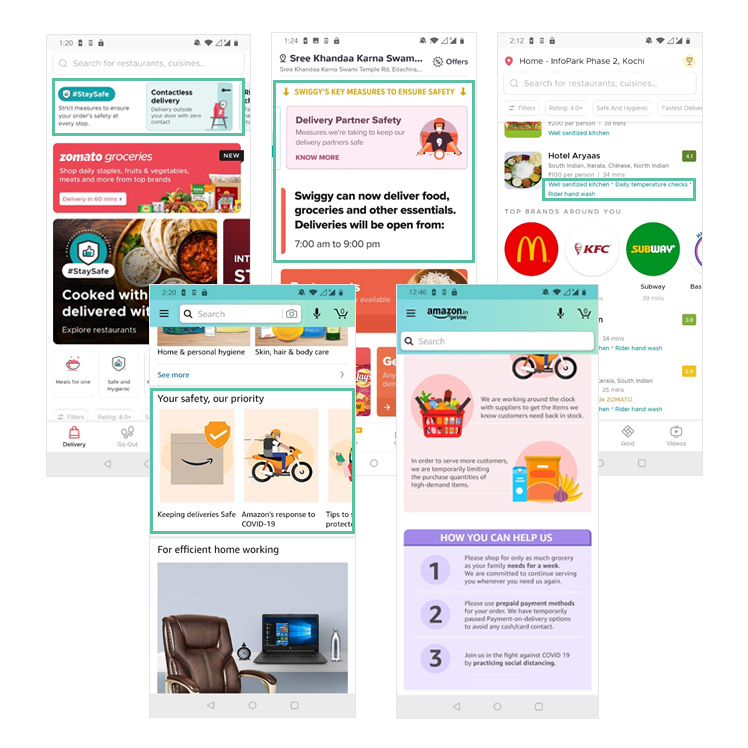COVID-19 is forcing the world to revisit several established routines and powering a remarkable pace of innovation in every field. Application user experience (UX) is no exception. Irrespective of the industry, there is always a human at the center of your application’s experience. The pandemic is nudging us to “empathize” with their needs.
|
"People will forget what you said, people will forget what you did, but people will never forget how you made them feel." –Maya Angelou
|
Why is empathy necessary?“The value that I have learned to deeply appreciate and something I talk a lot about is empathy. I think of empathy not just as something nice to have but (it) is core to (the) innovation agenda in the company.” - Satya Nadella, Microsoft CEO
Empathy allows us to dig deep into our understanding of the user and create solutions that will not only solve a need, but effectively improve our users’ lives by removing unnecessary pain or friction. Empathy helps improve user experience through observation and analysis of the user’s experience. You can greatly improve the designs you create if you empathize, giving you an edge over competitors.
A perfect application is one which implements user experience and the practice of user empathy (UX and UE). UX and UE aren’t just pop-psychology. They are being used globally, in large organizations, to solve real-world business and innovation challenges. What and how you decide to show the content on your web page will have a great impact on how users attach themselves to the application. Beyond what they can see, hear, do – focus on how they feel.
Even a non-functioning site, can take advantage of an empathetic approach. Contrast a traditional 404 error page with GitHub’s. The latter plays on the famous Star Wars line in their error message. And the opportunities to bring such mindful experiences to the forefront are plenty.

MINDFUL AND NON-INTRUSIVEBrands that realize that there has never a better time to build loyalty, do not solely focus on the crisis. Rethink the UX that feeds and fatigues the user through ads and alerts. Empathetic UX does not create commerce on distractions. Websites like Marriott place COVID-19 updates at the forefront of its website acknowledging that the information is important to many users, yet in a completely un-intrusive manner with a notification that can be closed out.

The right information delivered in the right place at the right time is what great UX is all about. Google, for example, augments its usual search UX to display a side panel of resources targeted at someone searching for “COVID19”.

EVOKE POSITIVITYWhen a shopping app says “Only 2 left in stock. Buy now!“ – it is capitalizing on real-time inventory data to provide personalization, but one that rouses negative emotional triggers in the customer. With COVID-19, there is this heavy responsibility, but also a great opportunity for UX practitioners to help companies build trust and differentiate themselves from competitors. TripAdvisor and AirBnB are great examples. Even though the travel industry has been affected by the pandemic, these travel brands continue to evoke positivity on their sites. Designing ethical and positive experiences will build affinity, loyalty and play a considerable role in the success of a business.

|
SOCIALLY AWARE UX Digital UX that is socially aware and responsible accounts for the well-being of its users, especially during vulnerable times. Responsible UX that highlights the company’s social objectives helps them convey their moral compass. Amidst COVID-19, while their core business model was affected, ride sharing apps like Uber and Ola still continued to prioritize their customer safety. |
 |
ANTICIPATE CONCERNSAnticipatory Design Patters are typically used by businesses like online retailers to target user’s needs based on past behaviors. Thereby reducing cognitive load and decision fatigue. But such Predictive User Experiences are also testament to how well we can connect the dots between the user’s needs and the business strategies. Especially during a pandemic when people are more apprehensive in engaging with online services typically done face-to-face. Food delivery apps and Ecommerce sites are anticipating their customer concerns upfront and are effectively engaging with their customers by addressing their concerns throughout the app experience.

PSYCHOLOGICAL WELL BEINGDeveloping empathy is critical in developing UX especially in such trying and stressful times. It is believed that nearly 94% of first impressions are based on design alone and 75% of a product’s credibility is based on the overall aesthetics. The psychological effect of interface colors is a major factor in how this is perceived. During this pandemic, dashboards feeding on reputable data sources have been widely used. However, considering the subject matter, few have succeeded in efficiently using hues to provide a less dramatic and overwhelming experience for the user. The Bing COVID-19 Tracker, for example, carefully uses colors to depict Active (Orange) , Recovered (Green) and Fatal (Slate Gray) cases of COVID-19 around the world atop a white interface.

INCLUSIVITY"In the face of the COVID-19 crisis, we are all vulnerable. The virus has shown that it does not discriminate - but many refugees, those forcibly displaced, the stateless and migrants are at heightened risk."- WHO
We are reminded by a virus, that knows no borders, to keep no borders when we design user experiences. Accessible design enables people with a range of abilities and disabilities to perceive, understand, navigate, interact with, and contribute to the web. UX Practitioners are uniquely positioned to create products that cater to the full spectrum of potential users. For example, the UX experiences for visually impaired audiences. Valorem's corporate website pictured below shows the experience for viewer's with Normal Vision (left) and with Deuteranopia (a common form of color blindness).

Conclusion
The best type of designs combines the understanding of a user’s needs within specific and varied context and viewpoints. While empathy doesn’t come easily, it can be developed. By putting the human at the center of the experience, we can move on from building good looking interfaces that meet business goals to creating positive, social, trustworthy and impactful digital experiences. During this pandemic, we have renewed focus on ourselves, our families, communities and the ecosystem. Building mindful and meaningful experiences for customers could help scale our personal capacity for empathy.
At Valorem Reply we have a team of skilled UX designers and developers who incorporate empathy in designing end user-focused customer solutions including web/ mobile/ desktop applications, web portals, reporting dashboards or conversational AI agents. Beyond meeting business goals and creating a great user interface, your digital experience can create a positive social impact for your customer. Our digitalization experts can help you do both. Reach out us at marketing@valorem.com to discuss your next digital initiative.
